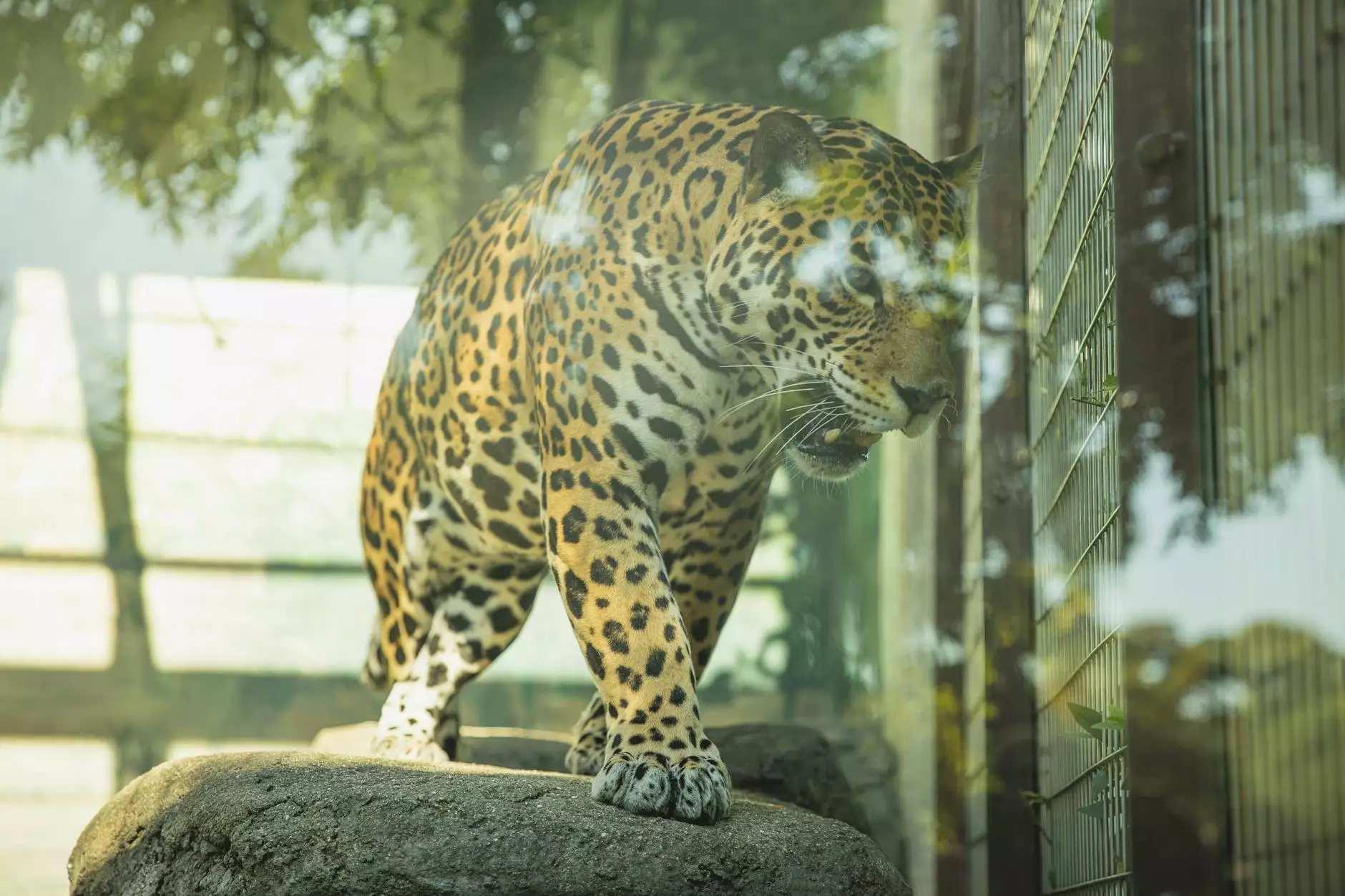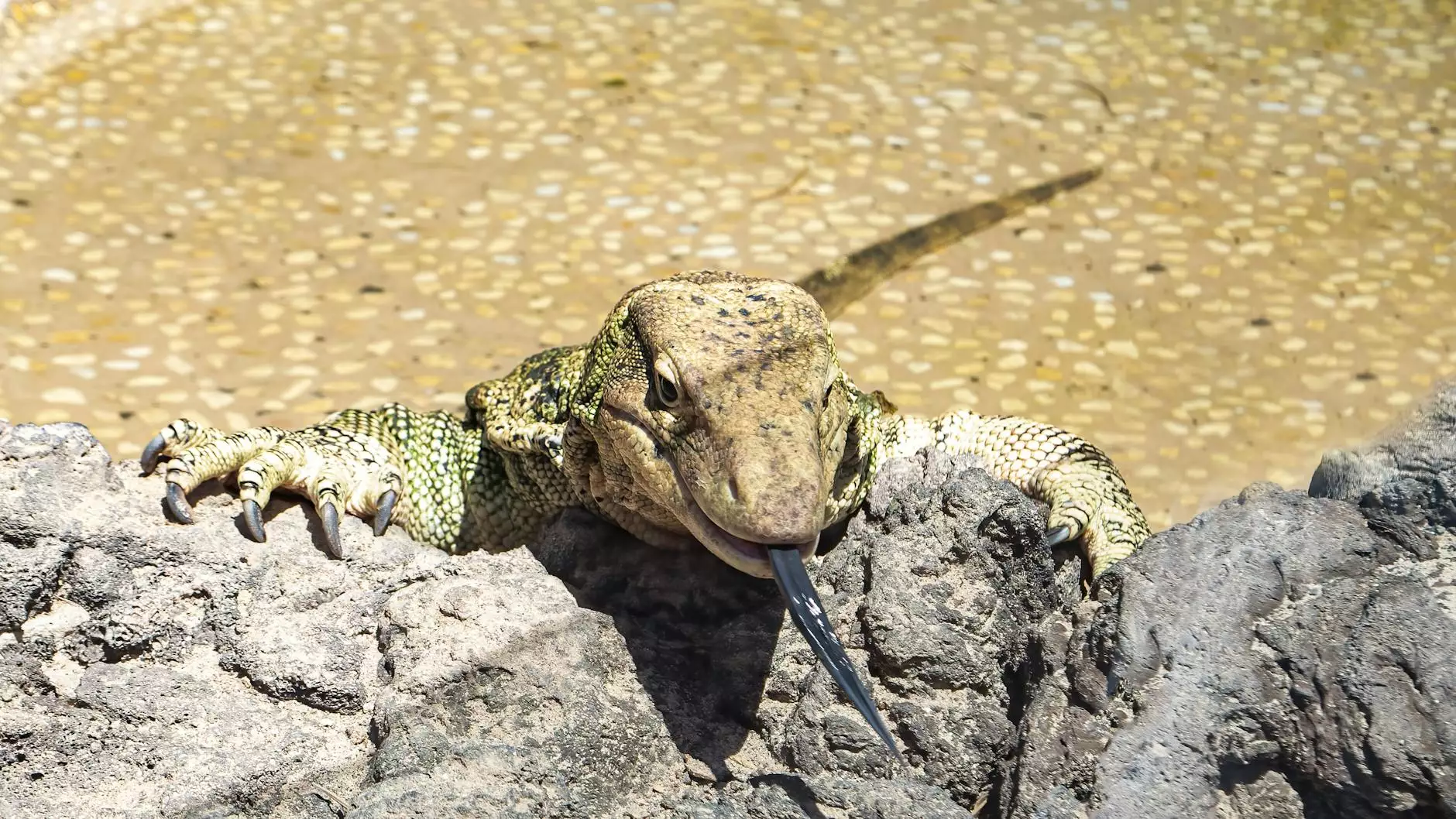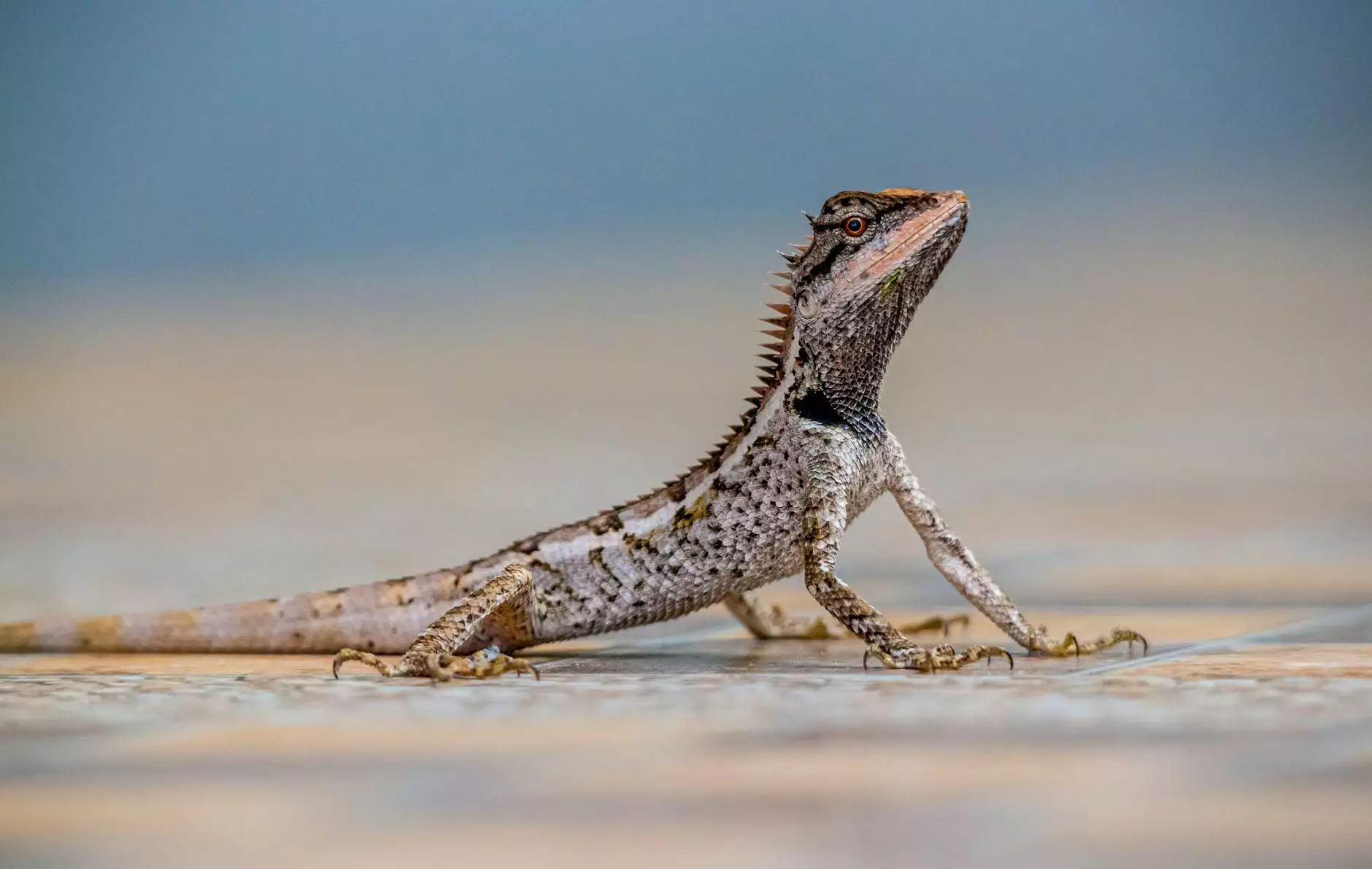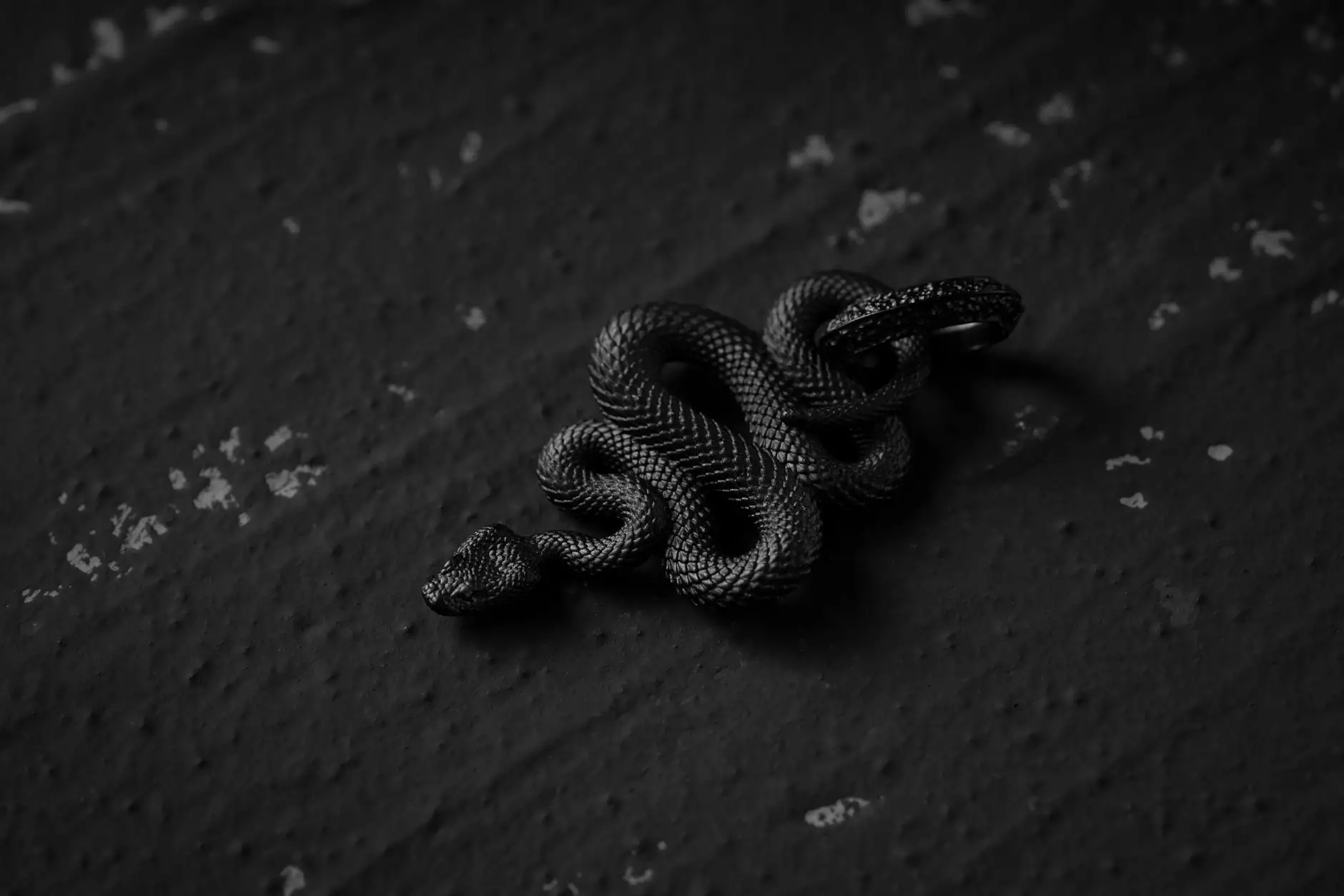The Andean Marsupial Frog by SEO Studios
SEO Services
Introduction to the Andean Marsupial Frog
The Andean Marsupial Frog is a unique amphibian species found in the high-altitude montane forests of the Andes Mountains in South America. Scientifically known as Gastrotheca espeletia, these frogs are renowned for their remarkable reproductive behaviors and distinctive physical characteristics.
Physical Characteristics
Andean Marsupial Frogs have a compact body with a varied color range, including shades of green, brown, and reddish tones. Their most distinctive feature is the presence of a dorsal brood pouch, which resembles a marsupial pouch, used for carrying and protecting their developing eggs.
Habitat and Behavior
These frogs are primarily arboreal, meaning they spend most of their time in trees and shrubs in the cloud forests. They have specialized sticky pads on their toes that help them climb and grip on vegetation. Andean Marsupial Frogs are nocturnal creatures, actively foraging for insects and small invertebrates during the night.
Reproductive Strategy
One of the most fascinating aspects of Andean Marsupial Frogs is their unique reproductive strategy. The female frog lays her eggs, which are then fertilized externally by the male. The male frog then collects the eggs and places them inside the brood pouch on the female's back. The eggs develop and hatch within the pouch, and the young frogs emerge as fully formed froglets.
Conservation Status
Due to habitat loss, deforestation, and climate change, the Andean Marsupial Frog faces threats to its survival. Conservation efforts are crucial to protect the delicate ecosystem that these frogs inhabit and ensure their long-term viability in the wild.
Conclusion
In conclusion, the Andean Marsupial Frog is a captivating amphibian species with unique adaptations and behaviors that set it apart from other frogs. By understanding and appreciating these fascinating creatures, we can contribute to their conservation and preservation for future generations to enjoy.









